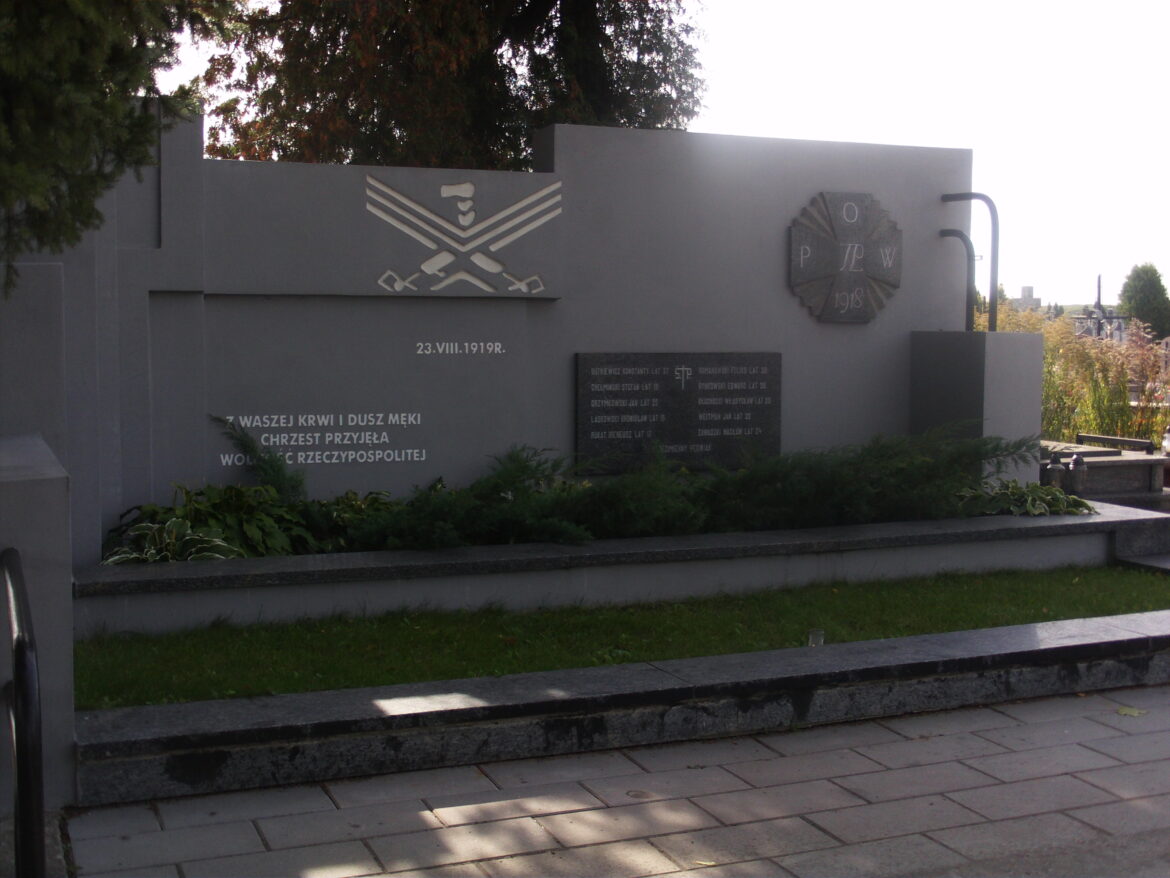The Polish liberation uprising in the Suwałki region lasted 5 days – from 23 to 28 August 1919. In historiography, these events are referred to as the Sejny Uprising. Together with the Wielkopolska Uprisings of 1918-1919 and the Silesian Uprisings of 1920 and 1921, the Sejny Uprising is considered one of the victorious fights for the independent Republic of Poland. The insurgent battles were carried out by the Polish Military Organisation against the Lithuanian administration in the Suwalszczyzna region.
The Polish independence movement made its presence felt in the northern areas of the Polish lands particularly clearly during World War I, when the area was occupied by the Germans. Their policy was aimed at antagonising the Polish and Lithuanian populations living there. However, the withdrawal of the Germans marked the next stage of the struggle for Polishness in this area. This time, the opponent turned out to be the Lithuanians.
The anti-Lithuanian uprising was decided because the Lithuanian state did not respect the terms of the agreement and its focal point, so-called Foch Line drawn by the French commander Ferdinand Foch. It divided the Polish and Lithuanian armies, de facto deciding which lands would belong to Poland and which to Lithuania. The demarcation line was accepted by all countries at the Paris Peace Conference on 26 July 1919.
Although Lithuanian troops did indeed leave a large part of the Suwałki region, Sejny and the territory up to the Czarna Hańcza river, located on the Polish side of the Foch Line, remained under Lithuanian control, contrary to what had been agreed. As negotiations with the Lithuanian side on this issue were unsuccessful, the Suwałki district of the Polish Military Organisation started fighting for this area. The commander of the uprising was Second Lieutenant Adam Rudnicki. The Polish part had about 1,000 insurgents at its disposal (5 infantry companies and a cavalry squadron), while the Lithuanian part had 1,200 infantry and 120 cavalry soldiers.
After the Lithuanians were driven back behind the Foch Line, the insurgents were drafted into the 41st Suwałki Infantry Regiment on 1 September, and by 9 September the Foch Line was garrisoned by regular troops and the fighting ceased.
As historians emphasise, the fighting, known as the Sejny Uprising, actually determined the belonging of Suwalszczyzna (and Sejneńszczyzna) to Poland and strengthened Polish positions on the north-eastern frontiers. The success was even more significant because, behind the Foch Line, the Germans, working with the Lithuanians, were forming Russian troops composed of prisoners of the German army under the command of Pavel Bermod-Avalov. This shows what kind of coalition the resurgent Republic was facing.





